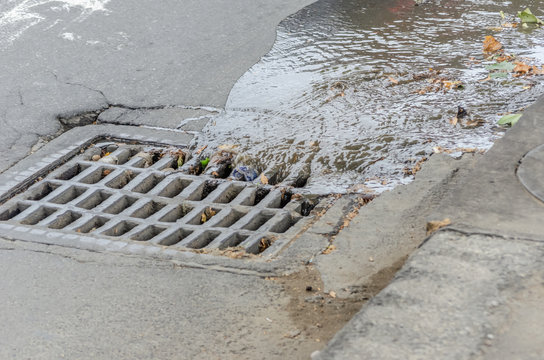Contact Us
RoadVision AI
Private Limited
Office No. 308 & 310, B Block
Ansal Chamber - 1, Bhikaji Cama Place,
Near Engineers India Limited (EIL) Bhawan, New Delhi - 110066
© 2024 | RoadVision AI | All rights reserved
Effective drainage systems are a cornerstone of sustainable road infrastructure. IRC:74-1979, an important publication in the IRC Code series, provides detailed guidelines for roadside drainage design and maintenance. This article dives into the critical aspects of IRC:74-1979, highlighting its role in enhancing road safety and longevity.

IRC:74-1979 offers comprehensive guidance on the planning, design, and maintenance of roadside drainage systems. Its primary aim is to prevent water accumulation on roads, reduce structural damage, and ensure safe driving conditions.
The main objectives of IRC:74-1979 include:
The code emphasizes:
The document outlines:
Regular maintenance is crucial for drainage efficiency. The code suggests:
With rapid urbanization, effective drainage systems are essential to:
Implementing IRC:74-1979 helps:
The guidelines enable infrastructure to:
Adherence to IRC:74-1979 offers several advantages:
IRC:74-1979 serves as a critical resource for designing and maintaining effective roadside drainage systems. By following its principles, engineers can ensure roads remain safe, durable, and resilient against environmental challenges. The implementation of these guidelines not only enhances infrastructure quality but also contributes to sustainable development.
RoadVision AI is transforming road infrastructure development and maintenance with its innovative AI in road maintenance and AI in road construction solutions. By utilizing cutting-edge computer vision technology and digital twin models, the platform conducts comprehensive road safety audits, enabling the early detection of potholes, cracks, and other surface issues for timely repairs and enhanced road conditions. The use of AI in road safety also extends to traffic surveys, providing data-driven insights to tackle challenges like traffic congestion and optimize road usage. Focused on building smart roads, RoadVision AI ensures full compliance with IRC Codes, empowering engineers and stakeholders to reduce costs, minimize risks, and elevate road safety and transportation efficiency.